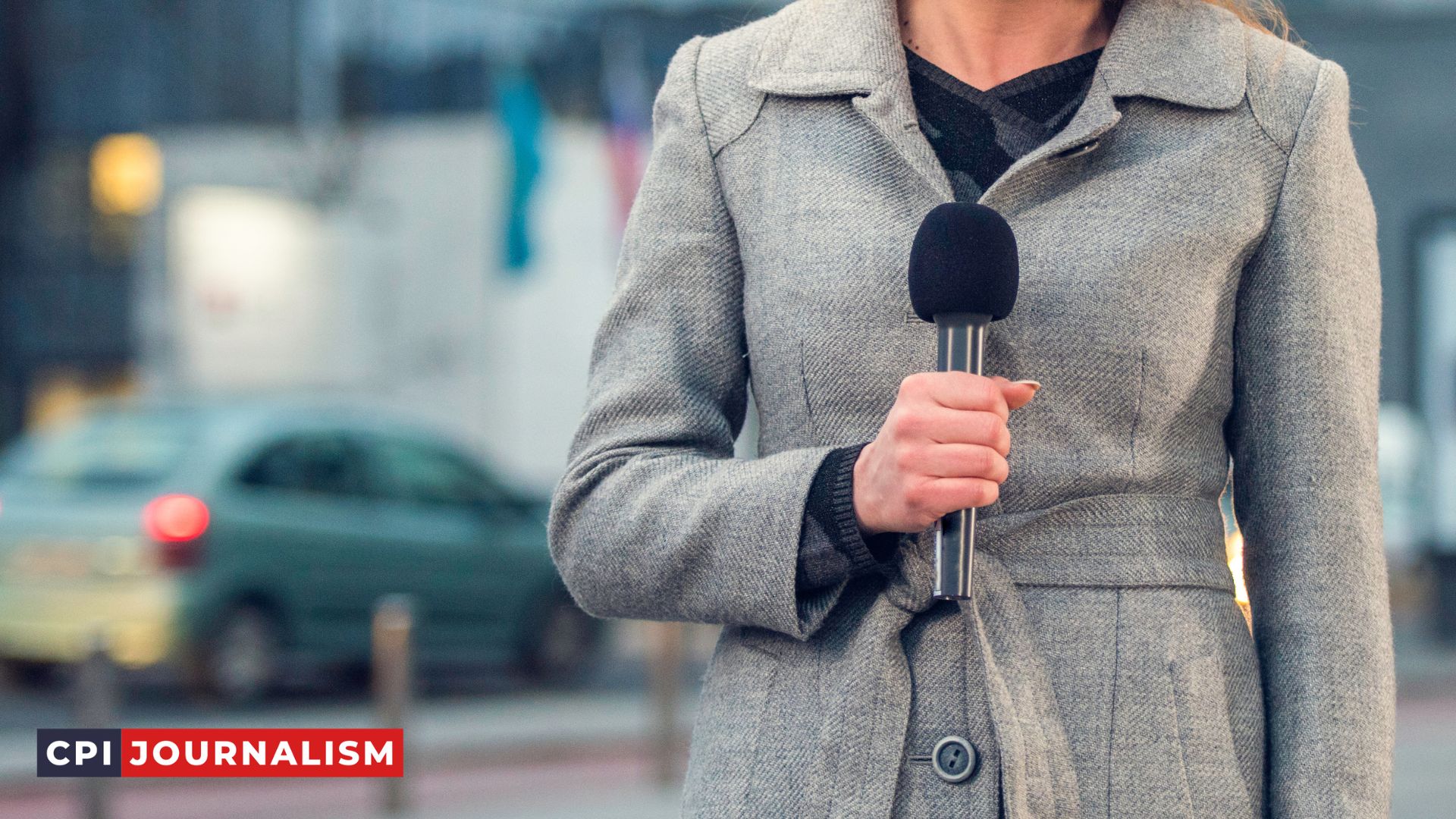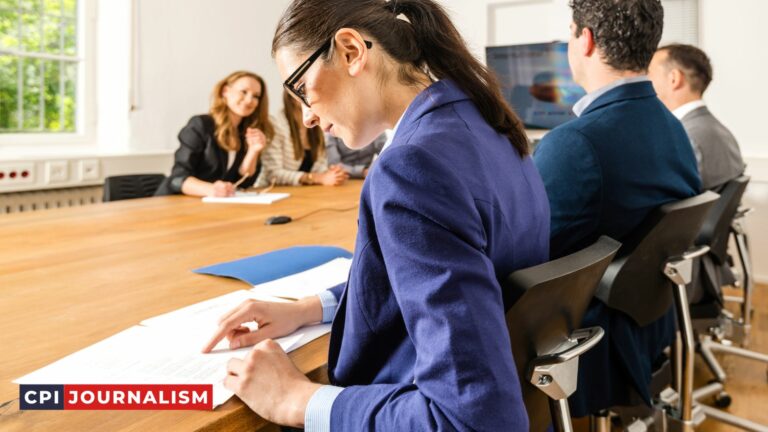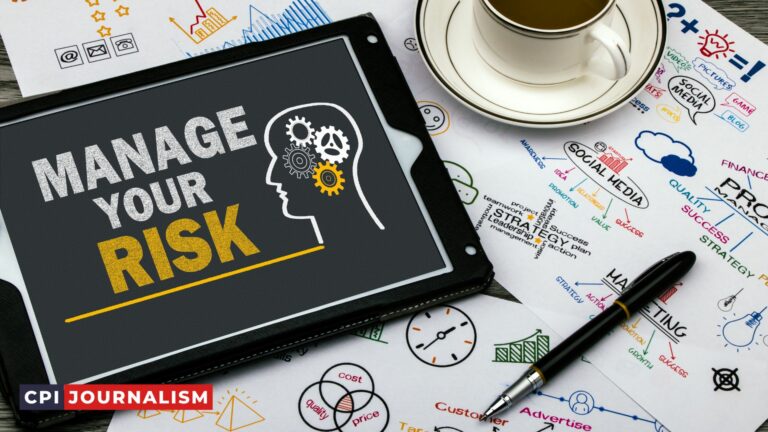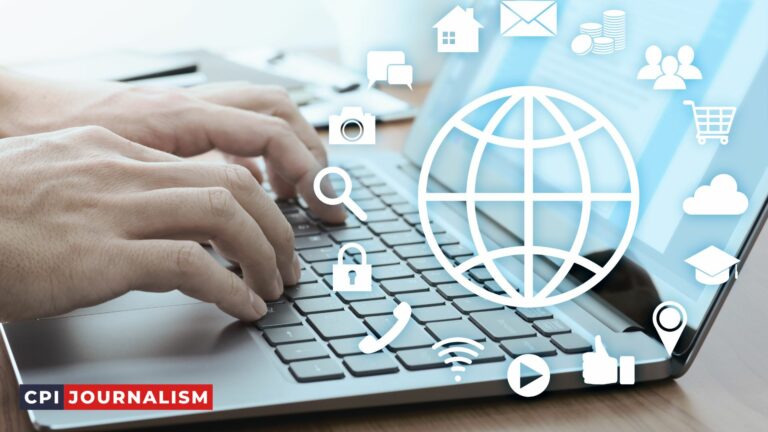How Do Journalists Protect Their Sources And Maintain Confidentiality In Investigative Reporting?
As an experienced journalist, I understand the importance of protecting sources and maintaining confidentiality in investigative reporting.
As a professional in the field, I have seen first-hand how vital it is to ensure that sources remain anonymous and information is kept secure.
In this article, I will share my expertise and knowledge on how journalists protect their sources and maintain confidentiality, so that upcoming journalists can be better equipped to conduct secure, reliable investigations.
A. Definition of Investigative Reporting
Investigative reporting is a form of journalism that involves researching and reporting on complex topics, often related to government or corporate activities, in an effort to uncover facts, uncover wrongdoing, and shed light on issues of public interest.
It requires a reporter to actively seek out sources and information to uncover the truth, rather than simply relying on official statements and press releases.
Investigative reporting typically involves a great deal of research and careful writing, as well as interviewing and interacting with sources.
It is a form of journalism that requires a high level of accuracy, ethical conduct and objectivity, as well as a commitment to protecting confidential sources.
B. Overview of the Importance of Protecting Sources
The need to protect sources is one of the most important aspects of investigative journalism. Journalists must maintain the confidentiality of their sources to ensure that the information they are reporting is accurate and trustworthy.
Without this protection, sources may be reluctant to provide information, afraid to be exposed or worse, face repercussions for speaking out.
The primary benefit of protecting sources is that it allows journalists to access vital information that would otherwise be unavailable.
It allows them to uncover stories that would otherwise go untold, and to build trust with their sources. This trust is essential, as it ensures that sources will continue to work with the journalist and provide them with reliable information.
In addition to protecting their sources, journalists must also consider their own safety. By protecting their sources, they protect themselves from potential legal issues, physical danger, and possible career risks.
By keeping their sources confidential, they are able to work without fear of reprisal or retribution.
Ultimately, protecting sources is essential for investigative journalists, as it allows them to uncover the truth and to report on it in an accurate and responsible manner.
Without this protection, the public would be deprived of vital information, and the truth could be obscured or even suppressed. By safeguarding their sources, journalists are able to continue to provide an invaluable service to society.
C. Overview of the Legal Implications of Not Protecting Sources
Without proper protection of sources, journalists can find themselves in hot water with the law. This is because when a source has provided information to a journalist, the journalist has a duty of confidentiality to protect the source’s identity.
If a journalist discloses the identity of a source without their authorization or consent, the source may have legal recourse.
In the United States, journalists have certain protections from revealing their sources, and the courts often recognize the importance of protecting confidential sources.
For example, the Supreme Court has held that journalists have a First Amendment right to protect the identity of their sources in certain circumstances. However, these protections are not absolute, and journalists still need to be mindful of their legal obligations.
In addition to potential legal liability, failing to protect the identity of sources can also have significant reputational consequences for journalists.
Sources may be reluctant to provide information if they do not trust that the journalist will protect their identity.
Therefore, it is important for journalists to be aware of their legal obligations and take the necessary steps to protect their sources.
How Journalists Protect Their Sources
Journalists have several methods for protecting their sources and maintaining confidentiality in investigative reporting. The most important tool is the use of pseudonyms.
By using a pseudonym, a journalist can protect his or her source’s identity, while still providing accurate and truthful information.
In addition to this, journalists may also use encryption to protect their communications, such as emails, text messages, and phone calls.
Another important tool is the use of a confidentiality agreement. This agreement is a binding contract between the journalist and the source that allows the source to remain anonymous.
This agreement typically includes a clause prohibiting the journalist from disclosing the source’s identity to anyone else.
The use of a third party can also protect a source’s identity. This is done by having a trusted individual act as an intermediary between the journalist and the source. This third party can be a lawyer, a public relations professional, or even a friend of the source.
Finally, the use of a public record can provide protection for both the journalist and the source. By accessing public records, such as court documents and government records, a journalist can research a story without having to reveal the source’s identity.
These are just a few of the methods that journalists use to protect their sources and maintain confidentiality in investigative reporting.
By utilizing these tools, journalists can ensure that their sources remain anonymous and that their work remains truthful and accurate.
A. Establishing Trust
Trust is the bedrock of any successful investigative reporting. As a journalist, you must first establish trust with your source in order to ensure that the source is comfortable and willing to provide confidential information.
To do this, it is important to be respectful and to listen carefully to the source’s story. Showing that you understand and appreciate their perspective will help build trust between you and the source.
It is also important to assure the source that their identity and the information they provide will be kept confidential. Reassure the source that you understand the importance of privacy and that you will do everything you can to protect it. Provide them with examples of how you have kept sources confidential in the past.
It is also important to be transparent about the purpose of the story and the way the source will be presented.
Let them know how their information will be used and exactly what the story will say about them. This will help them feel more comfortable and will help build trust.
Finally, you should also let the source know that you are available to answer any questions they may have. This will show them that you are committed to the story and will help to foster a trusting relationship.
B. Using Pseudonyms
Pseudonyms are a great way for journalists to protect their sources and maintain confidentiality in investigative reporting. Pseudonyms can be used to refer to sources in articles, in documents, or in any other form of media.
By using a pseudonym, the journalist can protect the identity of the source while still providing accurate and reliable information.
Using pseudonyms can also help to protect the source’s reputation and name. For example, if a source provides information that could be deemed controversial, the journalist can refer to the source by a pseudonym in order to protect the source’s identity and reputation. This way, the source can remain anonymous while still providing valuable information.
When using pseudonyms, it is important to choose a pseudonym that is unique and will not easily be associated with the source.
It is also important to use the same pseudonym consistently throughout the investigative reporting process. Doing this will help keep the source’s identity secure.
Finally, it is important to make sure that the terms of anonymity are clearly defined from the outset. The journalist should explain to the source that the pseudonym will be used to protect their identity and that the source will be referred to by the pseudonym in all documents and articles.
This will ensure that the source is aware of the terms of anonymity and will help to protect the source’s identity.
C. Utilizing Technology
Technology has made it easier than ever for journalists to protect their sources and maintain confidentiality in investigative reporting. As a journalist, you should take advantage of the tools available to you to ensure your sources’ safety.
One of the most important tools is encryption. By encrypting your communications and data, you can prevent third-party access and ensure that no one can access your sources’ identities or the information they give you.
You should also use secure messaging apps and virtual private networks (VPNs) to protect your communications and data.
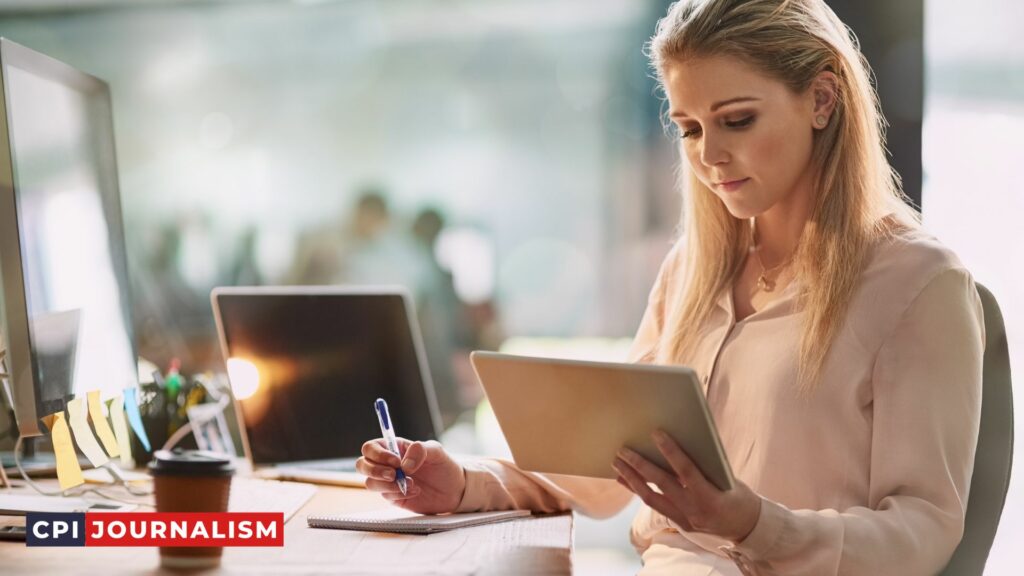
Another useful tool is the use of “burner” phones. By using disposable phones, you can ensure that your sources’ identities remain private and that their information is not linked to your own.
You should also be careful to avoid linking your personal emails and social media accounts to your investigative reporting, as this could put your sources at risk.
Finally, you should make sure to use a secure file-sharing system that allows you to easily share documents and data with your sources, without exposing their identities. This will ensure that your sources’ information is safe and secure.
By taking advantage of the tools available to you, you can ensure the safety and confidentiality of your sources and continue to carry out successful investigative reporting.
D. Establishing A Legal Agreement
One of the best ways to protect your sources and maintain confidentiality in investigative reporting is to establish a legal agreement.
A legal agreement is a legally binding contract between yourself and your sources, in which you both agree to keep information confidential. It should be clear and concise, so that both parties understand their rights and responsibilities.
When creating a legal agreement, it’s important to ensure that your sources are fully aware of the risks of sharing confidential information. This includes potential legal repercussions, such as libel and defamation, or the risk of being exposed as the source of the information.
You should also make sure that your sources are aware that the information they provide to you may be used in a published work, and that they are not entitled to any financial compensation for their contribution.
In addition, you should also make sure that your sources understand that the agreement is legally binding and that by signing it, they are agreeing to keep all information confidential.
You should also include a clause that states that if the source chooses to break the agreement, they may be subject to legal action.
Finally, the agreement should be signed by both parties and should be kept in a safe and secure place. This will ensure that both parties are aware of their rights and responsibilities, and will help protect your sources and maintain confidentiality in investigative reporting.
III. Maintaining Confidentiality
Maintaining confidentiality is one of the most important aspects of investigative journalism. It is essential for journalists to protect their sources and maintain confidentiality in order to ensure that their reporting is accurate and unbiased.
Here are a few tips to keep in mind when striving to maintain confidentiality in investigative journalism:
1. Establish a Relationship of Trust: Before beginning any investigative work, journalists should establish a relationship of trust with their sources. This includes building a rapport, understanding the source’s concerns, and developing a sense of mutual respect and understanding.
2. Establish Clear Lines of Communication: Once the relationship of trust is established, journalists should ensure that all communication is clear and concise.
This includes setting up secure, private methods of communication, such as encrypted email, phone, or messaging services.
3. Agree on Terms of Confidentiality: Before any information is shared, journalists should ensure that the source is aware of the terms of confidentiality and that they are comfortable with them.
This could include agreeing on when and how the information can be released, how it should be attributed, and any other conditions.
4. Document Everything: Journalists should keep track of all communication and documentation related to their sources, including emails, phone calls, and any other communication. This will allow them to prove their sources’ identities and protect their sources’ anonymity if needed.
5. Be Discrete: Finally, journalists should always strive to be discrete when it comes to protecting their sources and maintaining confidentiality.
This includes avoiding discussing sensitive information in public and avoiding sharing any information about sources with anyone who is not involved in the investigation.
By following these tips, journalists can ensure that they are protecting their sources and maintaining confidentiality in investigative reporting. This is essential for providing accurate, unbiased information to the public.
A. Keeping Records Secure
As an investigative journalist, it is essential to keep records of your sources secure. This means protecting their identity and any information provided by them. The best way to do this is to keep physical records and digital records in separate places.
Physical records should be stored in a secure location, such as a locked drawer or filing cabinet. Make sure that only you and those you trust have access. Digital records should also be stored in a secure location, such as an encrypted hard drive or cloud storage.
Make sure that all passwords are unique and kept private, and that you have a secure backup of these records.
When it comes to communication, it’s important to ensure that your conversations are secure. Consider using an encrypted messaging app or a secure phone line. This will help to protect your sources and maintain confidentiality.
It’s also important to be aware of the risks associated with digital records. If your computer is hacked, or if your records are stolen, your sources could be exposed.
Therefore, it’s important to take steps to protect yourself, such as using secure passwords, two-factor authentication, anti-virus software, and firewalls.
Overall, it’s essential to keep records of your sources secure. By taking the necessary precautions, you can protect your sources and maintain confidentiality.
B. Avoiding Unnecessary Contact
As an experienced journalist, I cannot stress enough the importance of avoiding unnecessary contact when protecting sources and maintaining confidentiality in investigative reporting.
Unnecessary contact with sources can put them at risk of exposure, and can also lead to potential legal issues.
Here are some steps you can take to avoid unnecessary contact:
1. Use Email and Other Online Platforms: Whenever possible, use email or other secure online platforms to communicate with your sources. This is the safest and most secure way to communicate without putting sources at risk of exposure.
2. Utilize Encrypted Messaging: When communicating with sources, use encrypted messaging for added security. This will help ensure that the messages are secure and that your sources’ identities remain protected.
3. Rely on Secondary Sources: If possible, rely on secondary sources such as public records or third-party reports to obtain the information you need instead of relying on direct contact with sources. This will help protect sources from potential exposure.
4. Limit Meetings: Whenever possible, limit meetings with sources and other individuals associated with the story. This will help minimize contact and reduce the risk of exposing sources.
5. Use Secure Locations: Whenever you do meet with sources, make sure to use secure locations that cannot be traced back to them.
By following these steps and avoiding unnecessary contact with sources, you can protect them and maintain their confidentiality while still conducting successful investigative reporting.
C. Utilizing Encryption
When dealing with sensitive information, journalists should consider utilizing encryption to protect their sources. Encryption is a data security technique that scrambles data, making it unreadable to anyone without the correct encryption key.
It can be used to protect data in transit, while it is stored on a computer, or while it is shared between multiple people.
Encryption can be used in a variety of ways in investigative journalism. For example, journalists can encrypt their emails, texts, and other forms of communication when sending sensitive information to their sources.

This ensures that the information remains confidential and secure, and that no one else can access it. Journalists can also encrypt files that contain sensitive information, such as documents, photos, and recordings. This prevents anyone else from accessing the files without the encryption key.
Encryption is not foolproof, and it is important for journalists to understand the risks associated with using it. For example, the encryption key must be kept secure, and the encryption algorithm must be updated regularly to ensure that it remains secure.
Additionally, some encryption algorithms may be vulnerable to hacking, and could potentially be broken by sophisticated cybercriminals.
Despite these risks, encryption is a powerful tool that can help journalists protect their sources and maintain the confidentiality of their investigative reporting.
It is important for journalists to understand the risks associated with using encryption, and to take steps to ensure that the encryption algorithms they use remain secure.
IV. Conclusion
Maintaining the confidentiality of sources and protecting their identities is a critical part of investigative journalism. It is essential to protect the sources and their information in order to ensure that they are not exposed to any potential risks or harm.
Journalists must be diligent in their efforts to protect their sources and the information they provide.
The strategies for protecting sources and maintaining confidentiality in investigative journalism discussed in this article should provide an effective framework for upcoming journalists to ensure that their sources and the information they provide are safeguarded from any potential risks.
Strict adherence to ethical standards, the utilization of encryption technology, and the use of anonymous sources are all essential for protecting sources and maintaining confidentiality in investigative journalism.
Additionally, journalists should be mindful of the potential legal implications of their reporting and should seek legal advice when necessary.
Ultimately, protecting sources and maintaining confidentiality in investigative journalism is an essential part of the profession, and journalists must prioritize these strategies in order to ensure the safety of their sources and the accuracy of their reporting.
A. Summary of Key Points
1. Conduct thorough research: It is essential for investigative journalists to conduct thorough research on their sources and the information they provide. This helps to ensure that the information is reliable, accurate, and trustworthy.
2. Develop relationships of trust: Establishing strong, personal relationships of trust with sources is a key element of maintaining confidentiality. Journalists should be respectful and courteous when engaging with sources and put their trustworthiness at the forefront of their interactions.
3. Utilize encryption technologies: Utilizing encryption technologies such as Virtual Private Networks (VPNs) and Tor can help journalists protect their sources’ identities by allowing them to securely and anonymously share files and communicate with each other.
4. Be aware of legal limitations: Investigative journalists should be aware of the legal limitations of their work and the potential consequences of their actions. It is important to adhere to relevant laws and regulations in order to avoid any legal implications.
5. Maintain a professional code of conduct: Maintaining a professional code of conduct is essential to protect sources and ensure confidentiality.
This includes not making promises that cannot be kept, adhering to deadlines, and not revealing confidential information without permission.
B. Final Thoughts
As an experienced journalist, I cannot stress enough the importance of protecting sources and maintaining confidentiality in investigative reporting. Doing so can be a delicate balance between the public’s right to know and the need for sources to remain anonymous.
It is essential that journalists remain vigilant and proactive in protecting their sources. We must be cognizant of the risks and the potential consequences of not protecting our sources.
We must also be aware of the legal implications of our actions, as well as the ethical implications of our decisions.
Journalists must always remain mindful of the need to build trust with their sources and to ensure that confidentiality is maintained. This means that we should always strive to be honest and upfront with our sources, and to treat them with respect.
We must also be willing to go the extra mile to protect our sources, whether that means using encryption, employing anonymous communication methods, or using alternative methods of verification.
Ultimately, protecting our sources is of paramount importance for investigative journalists. We must remain vigilant in our efforts to protect our sources, be mindful of the risks, and stay informed of the legal and ethical implications of our decisions.
C. Suggestions for Further Research
As investigative reporters, it is important to consider the implications of our work for our sources and the public. With this in mind, there are several areas of further research which could be undertaken to improve the understanding of how journalists can protect their sources and maintain confidentiality in their reporting.
First, it would be beneficial to explore how journalists can ensure that their sources are fully informed about the risks involved in providing information.
This could involve research into the factual accuracy of the information provided by sources, potential legal risks, and the potential for sources to be identified. Such research could also be used to develop best practices for informing and protecting sources.
Second, further research could be conducted into the use of encryption technology and other methods of secure communication.
This could involve investigating the effectiveness of encryption in protecting sources, as well as exploring options for developing secure and encrypted platforms for investigative reporting.
Third, research could be conducted into the potential for using technology to obscure the identity of sources. This could involve looking at methods such as identity masking and using anonymous tokens to protect the identity of sources.
Finally, research could focus on how journalists can ensure the safety of sources in the event of a leak or breach of confidential information.
This could involve exploring the potential for creating a secure database or platform for storing confidential information, as well as examining the effectiveness of existing methods such as whistleblower protection laws.
Overall, further research into these areas could provide useful insights into how journalists can better protect their sources and maintain confidentiality in their reporting.

